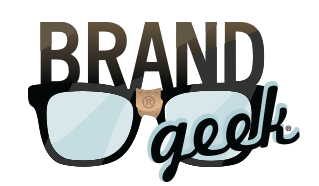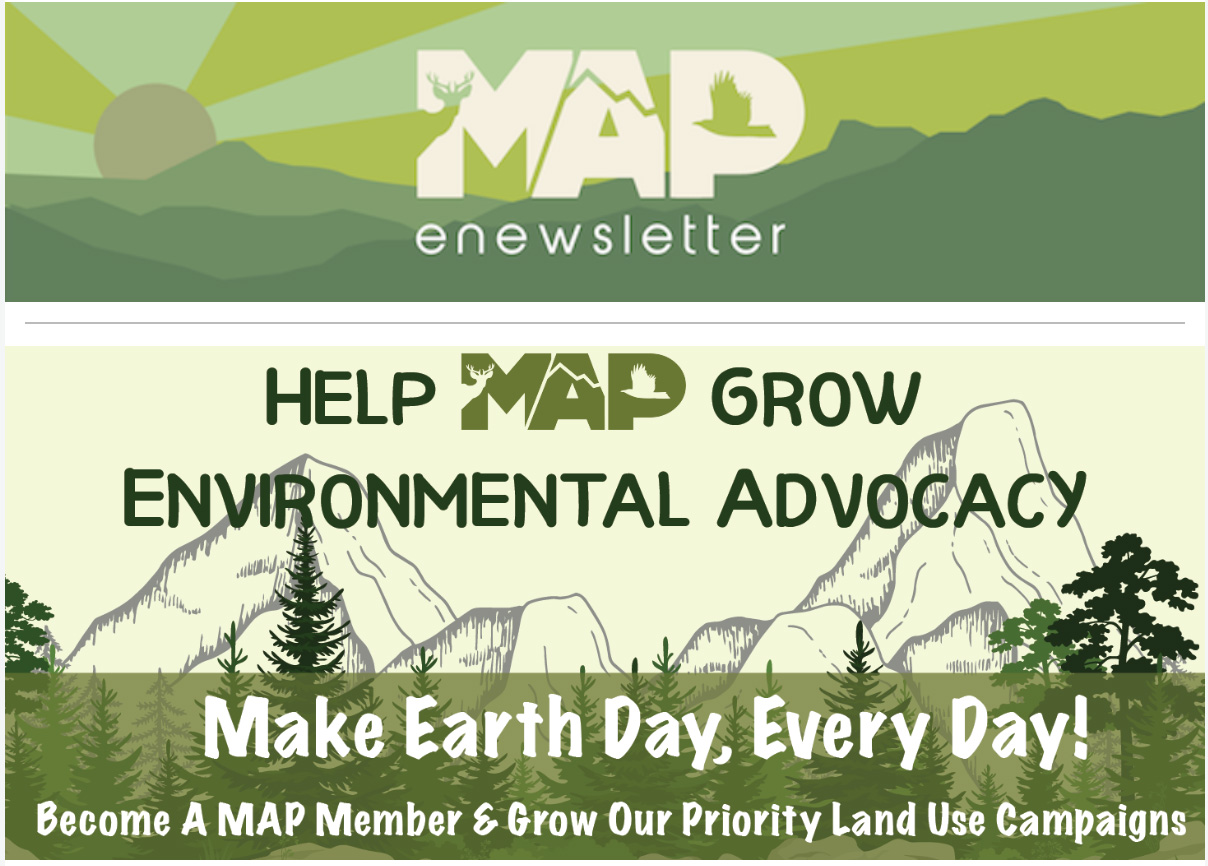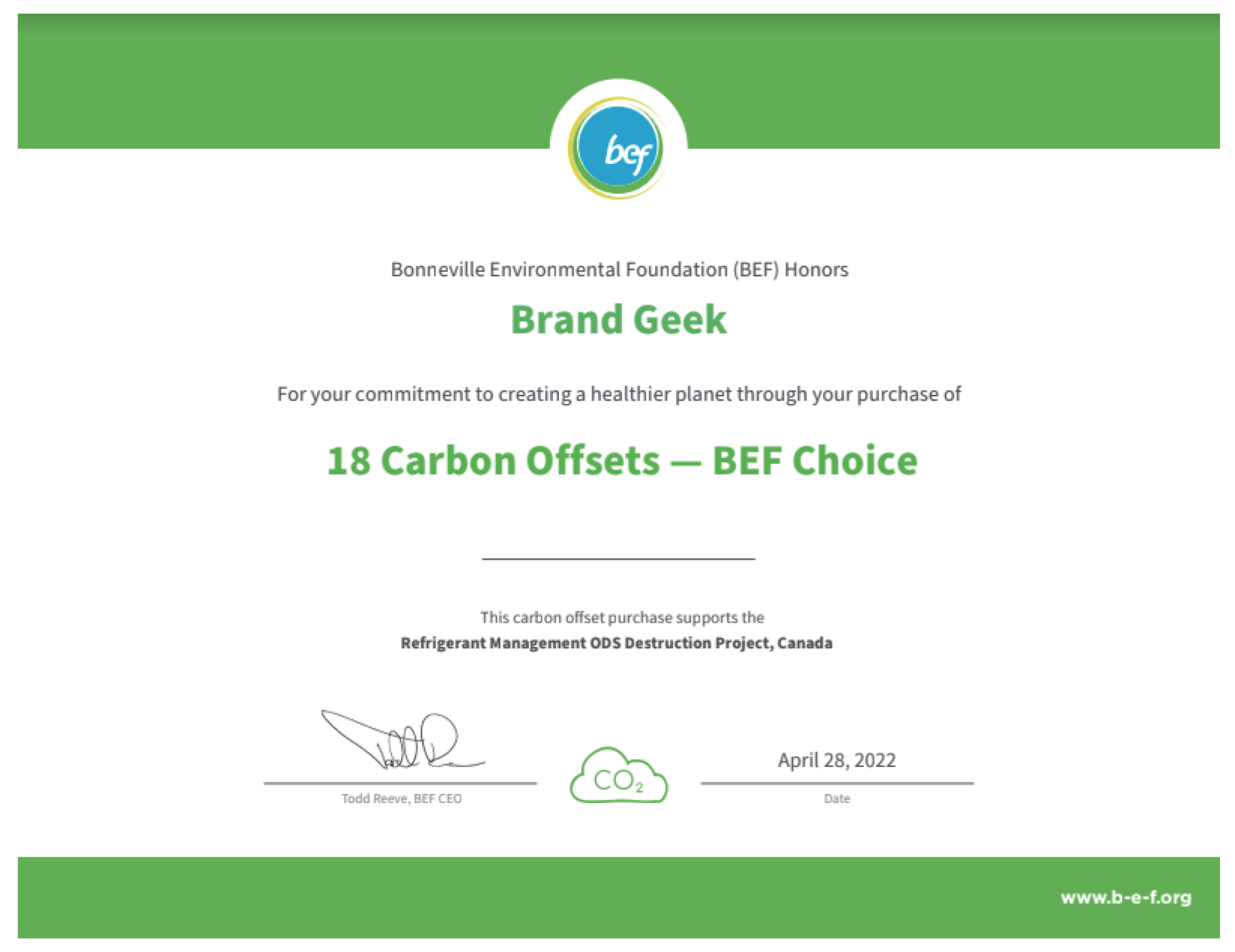Brandgeek proudly supports Mountain Area Preservation and is humbled to be…
Sowing Seeds of Success at Social Venture Network
Sitting on the back deck of the home of pioneering serial socialpreneur (aka social entrepreneur) Julie Lewis, I noticed a sole tree in full bloom in the middle of the woods. Though only partially visible in a sea of evergreens, the white blossoms really stood out in the forest.
We all want our enterprises to blossom and stand out like that tree. In the social enterprise space, the better our businesses do the greater good we can do for our people, communities and planet. Brand building is all about building relationships, no matter what industry. Social enterprises in particular can expand the reach of their brands through storytelling. This was demonstrated by the Saturday afternoon panel Creating Value through Storytelling at SVN’s annual Member Gathering last week. The Session was moderated by Dr. Melanie Moore of See Change, whose co-panelists were Amy Hartzler from Free Range Studios and Fraser Wilson from Axiom News.
Without any prompting from me, Melanie began her introduction by explaining that her company’s name — See Change — is “totally untrademarkable” because she didn’t do her homework before adopting it and it’s used too commonly for her company to claim exclusive rights in it. I just love it when a workshop begins with a lesson in trademark law! While brands are important, Melanie said she finds stories to be even more so.
She began with a story about her discovery of her inner entrepreneur while a graduate student at the Stanford School of Education. Melanie had the good fortune of needing to land a job or a fellowship at the same time a leader in her field, Ira Sachnoff, needed help evaluating a school program via a social impact assessment. Ira hired Melanie and assured her that she would figure out what to do. She knew she had to study the stories of the kids in the program, but it wasn’t until a chance encounter with a video camera that she knew she found her calling. In Melanie’s experience, even the most metrics minded person is moved by stories. Metrics are only one part of the portfolio of evaluation, stories are the other. Melanie and her colleagues at See Change hang out and get to know people in order to provide qualitative data analysis along with a translation of the data from left brain to right brain. Before turning over the floor to Fraser, Melanie left us with this thought: Good stories are sticky like a seed; it may take a long time for the seeds to grow, but eventually they form a Forest.
Fraser ran OMNI Health Care, a long-term care business with 1500 employees in 16 homes caring for 1300 patients. He asked us to recall Chip Conley’s inspirational story about Joie de Vivre’s (JDV) bell hop who worked double shifts for 3 days straight when the hotel elevator (used to be a trademark but fell prey to genericide!) broke down. This gentleman was thanked for his dedication by someone in an entirely different department, which became a custom of caring and sharing at JDV. Under Fraser, OMNI elevated (ha!) that practice to a whole new level by celebrating 2 employees company-wide on a daily basis. This resulted in 500 stories a year, or 10,000 stories over 10 years. After Fraser sold his business, the new owner maintained the storytelling policy & now has a huge bank of stories on its website, which gets 4500 unique website visits daily because it demonstrates what is possible. OMNI also sends newsletters to all of the care providers in its region to inspire them to innovate. Fraser and OMNI aren’t the only ones inspiring people to action. Amy and Free Range Studios have inspired millions to act more responsibly through The Meatrix, Story of Stuff and its progeny: Story of Broke; Story of Citizens United; Story of Electronics; Story of Cosmetics; Story of Bottled Water and the Story of Cap & Trade, among other work of theirs.
Amy said that she drank from the SVN fire hose of intention, inspiration and action at her very first meeting (I think most of us do!). Along those lines, a founding vision of Free Range studios was to boldly and ambitiously use new tools to create broader access to the stories that will help people build the future they want. Amy and her Free Range colleagues (to whom she refers as Free Rangers) fully believe that great stories make great change, and “the next great story is yours.”SM To Amy, brands are an epic made up of a million different stories. The stories include the company’s engagement with its employees, whom the company should strive to make their best selves. Free Range values optimism, courage and empowerment, which is evident time and again in the way it shows up in the stories it helps its clients tell.
Unsurprisingly, many of the people who attended Meaningful Media: Access, Engage & Mobilize (about which I wrote here) also attended this session. Rich Cohen from sustainable packaging company, Distant Village, launched the interactive part of the discussion by asking whether there is a formula for unfolding your story, in terms of where to start and how to build it. Melanie responded that although she usually is hired to tell stories to funders and investors, she starts with the stories from inside the organization first. Amy emphasized the importance of recognizing that half your brand story is told by your audience with which you must engage. Fraser said that telling stories daily helped OMNI create stakeholders in the stories & influenced fresh and open dialogue.
The panelists then were asked to explain how they work with social media. Everyone agreed that content is important. Amy described how none of us create relationships with organizations; rather we create relationships with people. Having a personality that is presented in a way that’s consistent is really vital. Free Range tells its clients that they cannot control the story. If you’re not living the truth of the story you tell, people won’t want to engage with your brand.
Maggie Kaplan, Founder & Executive Director of Invoking the Pause, shared 3 terms she coined to measure metrics she calls Right Brain Measures of Success: ROR – Return on Relationships; Collateral Delights (instead of collateral damage) and ROC — Return on Collaboration. Maggie asked us to be critical consumers and really consider the stories we’re being told. Maggie and Melanie agreed that at the end of the day it’s about what we choose to value and measure. Melanie added that if you can measure it quantitatively and do not, that is irresponsible, but first you must be able to measure it qualitatively.
Lance Laytner from Public Good Relations asked how to invite people to join the conversation. Fraser said he helps his clients’ identity themes by interviewing employees and finding those who are doing good work. Amy said it is important to speak to your audience’s core values and to do something to help people embody them, whatever that means for them (sure sounds simple, or not!). Melanie said metrics tell you whether you are making a difference, but not how. You need stories to understand how so metrics and stories are a stronger way of evaluating impact.
Melanie gave an example of stories effecting stakeholder engagement when after the Seafood Summit — during which business and activists come together to discuss sustainable seafood – the stories shared at the event inspired Wal-mart to commit to selling only sustainable seafood. Fraser said it is hard to put a value on culture but we all know that when the culture is better the outcome will be better. Malachi Leopold from Left Brain/Right Brain Creations shared a story he heard about Dunkin Donuts (DD) sources an enormous amount of fair trade coffee and has since 2004, though this was not something it advertised. Enter the sustainability movement and DD decided to promote its fair trade practices. This, however, led to a consumer backlash who found fair trade to be inauthentic to the DD brand. DD has continued its responsible sourcing practices but stopped advertising them since that is not what its consumers want to hear. One suggestion made was to create a blog theme and then source the content from experts outside your organization, which extends both parties’ audiences creating low time commitment and free of cost, a win-win for both parties.
Eric Friedenwald-Fishman of Metropolitan Group who co-wrote Marketing that Matters with Chip Conley said he and Chip found that people who bought into authenticity and transparency tended to put out too much data and forget that emotion trumps data. We all need to remember what we are trying to accomplish, and if it’s brand development then stories are more valuable than data. Amy said stories are a meaningful mechanism to allow our stakeholders to be more who they want to be. We are bombarded by messages if a story resonates with someone they will not only react to it, but they also will want to share it with everyone, which is magic. Fraser said that during normal days we are busy running our operations and can forget the purpose we serve. OMNI’s daily stories reminded him of what he was doing to serve, even when he was consumed by working on/in the organization.
One attendee who earned a degree in social media admitted that social media feels inauthentic when it comes to promoting her services. Amy responded that it’s important to speak not only with an authentic voice but also in an authentic way, via whatever means works for you.
Terry Gips of Sustainability Associates asked about things that didn’t work. Amy said a video her team created for the Alliance for Education flopped despite having done their homework (ha!) and involving kids in the creative process. Fraser said because they work directly with organizations there has to be a spirit of trust and authenticity between his client and his team and in one case where there wasn’t he withdrew. Melanie shared a story about a video she created for a community that treated a dynamic issue as static ultimately mis-portraying the situation as time passed. One pervasive theme of the discussion that emerged during this session was the need to understand the relevance and context of your story to your audience.
We all want to blossom and stand out in the crowd. The main lesson from this panel was the ability of genuine stakeholder engagement and storytelling to help our brands extend their reach, which in turn helps our organizations increase their positive impact.






Comments (0)